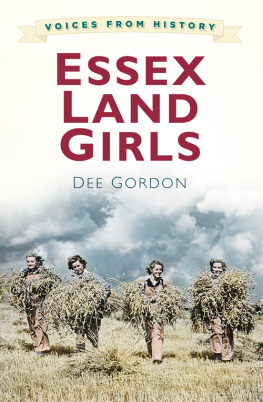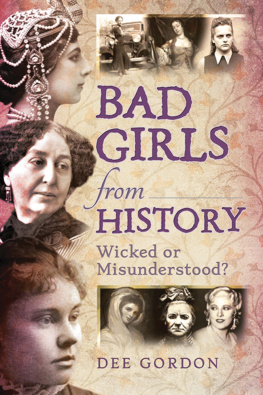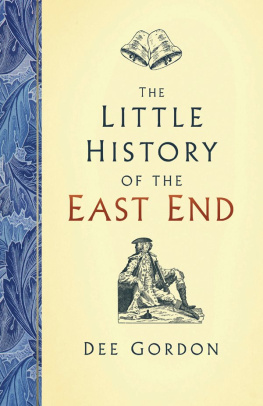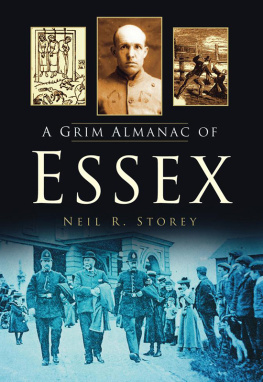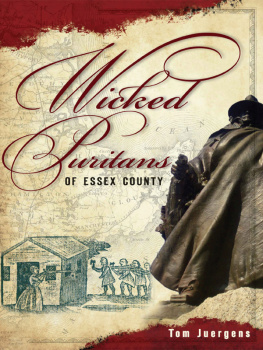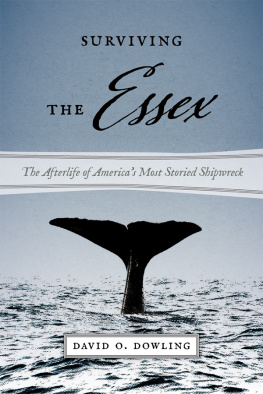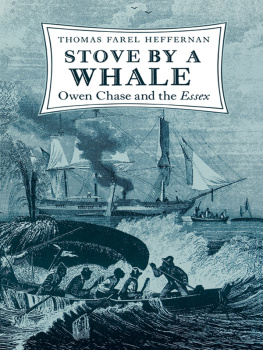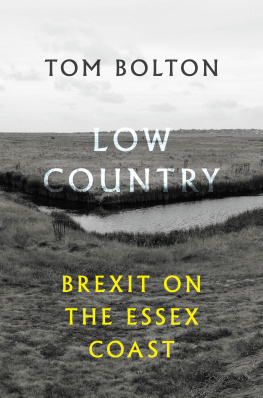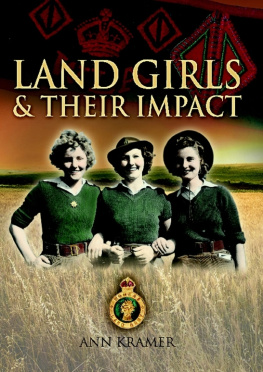
The following gave freely of their time and/or research to assist in putting this book together: Tony Millatt at Mersea Museum; Wendy Hibbitt at the Writtle Archive; Richard Gregory at www.essexmediaworkshop.co.uk ; Martin Anstell (Sound Archivist) and everyone at the Essex Record Office; Cherish Watton at www.womenslandarmy.co.uk ; Andrew Phillips at Colchester Recalled; Jennifer Brown at Braintree Museum; Linda Rhodes, local studies librarian at Valence House, Dagenham; Gemma Pardue at Suffolk Record Office; researcher John Street; John Threadgold at Millers Farm; writer and historian Stuart Antrobus; Patrick Henstock at the Grosvenor Hotel in Westcliff-on-Sea; Delphine Milligan; Christine Barton at Felixstowe Library; Terrence Carter at the Loughton & District Historical Society; Brenda Miller and David Devine, along with staff at Harlow Museum; Simon Offord and Richard Hughes at the Imperial War Museum; author and historian Jacqueline Cooper; Simon Wallace at Southend Forum; Gary Congram at www.hullbridgevillage.com ; the search room staff at Suffolk Record Office; Judith Adams at Epping Forest Friends; author Joan Mant and her daughter, Louisa; Lynda Burrows, Tom King and Lauren Oldershaw at the (Southend) Echo ; Janet Stables; Chris Hebden; Roger Dorking; Ray Franklin; local history recorder Roger Kennell; author Michael Foley; Coggeshall historian Stanley Haines; Councillor Lady Newton; Megan Spencer at the Tiptree Jam Museum; Joanne Smith at Southampton City Council; Ken Porter at the Basildon Borough Heritage Group; Pauline Hockley at Friends of Harlow Museum; Catherine and the late Peter Risbey; Nick Sign at the Suffolk Local History Council; Karen De Rosa at the Womens Farm & Garden Association; and Clive McPherson at the Combined Military Services Museum.
Then there were the families of some of the Land Girls featured: Sir David Amess and Angela Burns; Jan Lane; Tina and Brian Woodham; Linda Medcalf; Pauline Taylor; Barbara and Ray Sinclair; Wendy Bennett; Alan Theobald; Anne OCallaghan and Marion Dowling; Rosemary Pepper; Janet Ouchterlonie; and Margaret and Edmund King. I couldnt have done it without them! Additional assistance was provided by Dave Bullock (see flickr.com ), Matthew Beckett at Englands Lost Country Houses, and Bertie Dunlop when it came to sourcing photographs. Finally, and most importantly, thanks to those Land Girls who were able to talk to me, or whose oral histories are preserved throughout the county (these Land Girls appear in bold throughout the text and are included in a separate listing at the end of the book).
Contents
There have been a number of books about Land Girls over the years, but none that have focused on their experiences in Essex. In both of the world wars there have been Land Girls working in the fields and farms of Essex, contributing to womens history and the history of wartime agriculture, as well as Essex local history and twentieth-century social history. This is their story, told where possible in their own words, although the First World War stories are heavily reliant on reportage, for obvious reasons.
Once regarded as the Cinderellas of the Soil, 2014 finally brought recognition in the form of a permanent tribute to the Womens Land Army (WLA) and Timber Corps at the National Memorial Arboretum in Staffordshire a bronze sculpture of a Land Girl and a Lumber Jill (a member of the Timber Corps) linking arms, by sculptor Denise Dutton.
During both wars it has been up to volunteers to feed the war effort and the nation, and such recognition, spearheaded by the Staffordshire branch of the Womens Food & Farming Union, was long overdue. While Staffordshire has taken the lead, the authors research has revealed the depth of commitment in that oft-maligned county of Essex, and what follows is recognition of that commitment and contribution. Gordon Browns officials may have sent out certificates of gratitude in 2008, and medals may have been available since 2007 (on request) but, for too many, this was too late.
It was a delight to meet surviving members of the WLA, and listen to their vivid memories (relating to the Second World War) of experiences enjoyed by the vast majority, in spite of the backdrop of war. A big thank you to them all and to those in the First World War whose contribution was similarly valid, but who never knew how they were, with hindsight, appreciated. The First World War experiences of Land Girls in Essex, at the centenary of their service, form a shorter part of this book, but this is only because many of their experiences and stories, left unrecorded in an age before social media, have sadly been lost.
Many members of the WLA from Essex never actually set foot in their home county during the wars, ending up in Scotland, Wales, the West Country and all parts of the UK. However, the emphasis throughout this book is on the girls and women who worked in Essex, rather than those from Essex. Although many Essex Land Girls had their roots in Essex, many others came from urban areas, in particular the East End of London, and their stories are even more fascinating for these were young women who had no experience of a rural life. Many had not been on a train, seen the sea, or a cow, nor even had a garden.
Hopefully readers will enjoy this book as much as the author enjoyed researching and writing it.
One
Saving the Country from Starvation:
A New Kind of Army
The importance of home-grown food was brought into focus by the blockade of our ports by the enemy in 1915. Up until then, half of Britains food had been imported and, at one stage, there was just three weeks supply of food remaining in the country. Added to that, the conscription of able-bodied men during the First World War meant that the farming community was losing its workforce, so women began to replace men in the fields in large numbers.
There were already 100,000 women working on the land at the outbreak of war but, in spite of the volunteers working the land as part of the Womens National Land Service Corps (WNLSC) from 1916, there was still a shortfall. The result was a new government department for food production, with a womens branch established to recruit civilians who would form a mobile labour force.
At that stage, women did not have any political power, but regardless, they very soon began joining the newly formed womens forces army, air force and navy in their thousands. Even by the end of the war, only a few million women over 30 were able to vote in the UK. But, to paraphrase Mrs Pankhurst, what use was a vote if there was no country to vote in? (Suffragette prisoners had been released in 1914 to aid the war effort.)
However, the role of women was beginning to change and Lady Denman who was the first chairman of the National Federation of Womens Institutes, founded in 1917 became honorary assistant director of the womens branch of the Food Production Department of the Board of Agriculture and Fisheries. The Womens Land Army (WLA) was set up by the Food Production Department, headed by the seriously wealthy and philanthropic Lady Denman, who was already the chairman of the Womens Institute subcommittee of the Agricultural Organisation Society. By the end of the war, the WLA had 23,000 members nationally, and Lady Denman was proud to sport its uniform.
War Agricultural Committees were formed in each county to boost food production, with famine looming due to a failed harvest and the dearth of imports. Demonstrations to show farmers how capable women could be as farm workers were encouraged, but resources were stretched and traditional committee bureaucracy ruled. While some areas of agricultural training did not encourage women with open arms, driving tractors was new to both men and women, and the WLA helped pioneer a mechanised revolution at a time when the availability of traditional horsepower was so limited.
Next page
